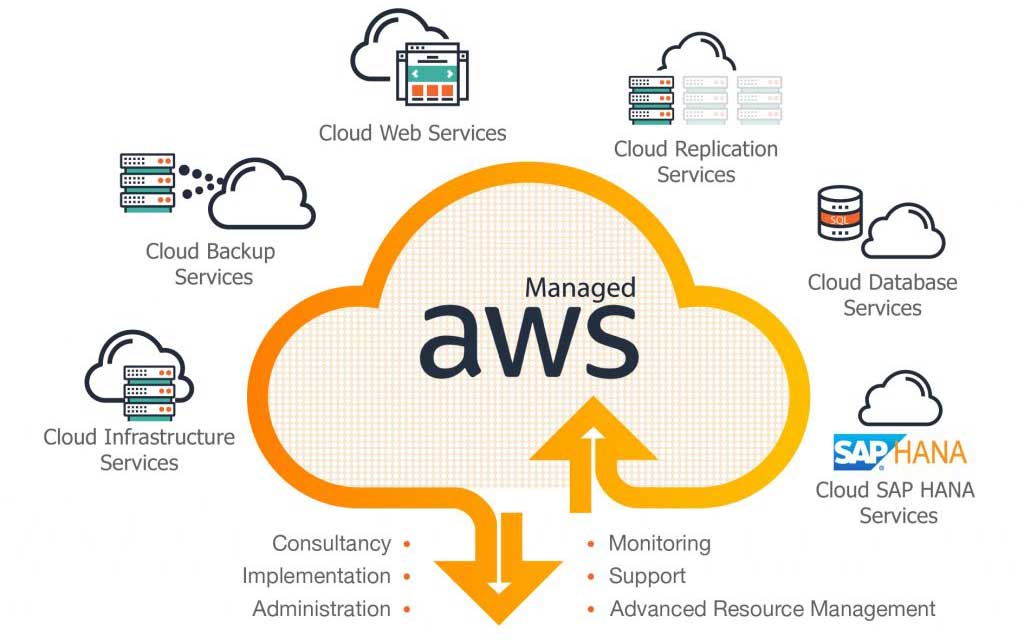
How to Make a Smooth and Seamless Migration into the Cloud
In today’s digital landscape, the cloud is becoming an increasingly popular choice for businesses of all sizes. With the cloud, organizations can increase their scalability, agility, and cost savings. As such, many are choosing to migrate to the cloud in order to leverage its many benefits. But making the transition to the cloud can be a daunting task, as there are many factors to consider. In this blog post, we’ll discuss what cloud migration is, its benefits, how to develop a successful migration strategy, and how to identify the right cloud provider.
What is cloud migration?
Migration into cloud is the process of moving applications, data, and other business processes from on-premises servers to the cloud. This process can be done in a variety of ways, depending on the type of data and applications being moved. For example, some organizations may opt to move their entire infrastructure to the cloud, while others may choose to move only certain applications or services. No matter the approach, the goal is to migrate from on-premises to the cloud in a way that is cost-effective and efficient.
There are several key steps involved in cloud migration. The first step is to assess your existing infrastructure and identify the applications and data that need to be migrated. Once that is determined, you can then create a cloud migration plan that outlines the steps needed to move to the cloud. This plan should include the timeline for migration, the resources needed, and the costs associated with migration.
The next step is to select the right cloud platform for your needs. This will depend on the type and amount of data and applications being moved, as well as any specific solutions and services needed. Once the platform is selected, you can then begin the process of migrating your data and applications to the cloud. This may require some rewriting of code, or the use of third-party solutions.
Finally, once everything is migrated, you can then begin to test and optimize the new cloud environment. This includes checking to ensure that the cloud applications and services are working properly, as well as running tests to ensure performance and scalability.
By following these steps, you can make a smooth and seamless migration into the cloud.
Benefits of migrating to the cloud
Migrating to the cloud can have many benefits for organizations. First and foremost, cloud migration allows you to increase scalability and agility, as you can add and remove resources from the cloud as needed. This is especially useful for organizations that are experiencing rapid growth or have seasonal spikes in traffic.
Another benefit of cloud migration is cost savings. By moving to the cloud, organizations can save money on IT infrastructure and support costs. The cloud also eliminates the need to purchase and maintain on-premises servers, as all the resources are managed by the cloud provider.
Finally, cloud migration also provides organizations with greater security and reliability. Cloud providers have multiple layers of security measures in place to protect your data and applications. Additionally, cloud providers also provide high availability, meaning that your applications and services will remain available even if one or more of the underlying hardware components fail.
Overall, cloud migration can help organizations gain a competitive edge by providing greater scalability, cost savings, security, and reliability.
Developing a cloud migration strategy
Once you’ve decided to make the switch to the cloud, the next step is to develop a cloud migration strategy. A successful strategy requires careful planning and consideration. Here are some key tips to keep in mind when developing your cloud migration strategy:
- Establish a timeline and budget. Create a timeline for the migration process, including when each step needs to be completed. Additionally, create a budget that outlines all the costs associated with migration.
- Assess your existing infrastructure. Take a thorough inventory of your existing infrastructure, including any applications and data that need to be migrated.
- Identify the right cloud platform. Research and evaluate different cloud providers to identify the one that best suits your needs.
- Create a plan for migrating applications and data. Outline the steps needed to move your applications and data to the cloud.
- Test and optimize the new environment. Once everything is migrated, test the cloud environment to ensure that it is working properly.
By following these steps, you can create a comprehensive cloud migration strategy that will help ensure a successful transition to the cloud.
Identifying the right cloud provider
Once you’ve developed a cloud migration strategy, the next step is to identify the right cloud provider. This means researching and evaluating different cloud providers to find one that best suits your needs. Here are some key factors to consider when selecting a cloud provider:
- Cost: Make sure to research the different pricing models offered by each cloud provider to make sure you’re getting the most cost-effective solution.
- Security: Select a cloud provider that offers robust security measures to protect your data and applications.
- Reliability: Look for a cloud provider that has a strong track record of uptime and reliability.
- Scalability: Make sure the cloud provider can easily scale up or down based on your needs.
- Support: Choose a cloud provider that offers 24/7 customer support in case you have any issues or questions.
By considering these factors, you can ensure that you select the right cloud provider for your needs.
Conclusion
Migrating to the cloud can be a daunting task, but it doesn’t have to be. By following these steps and leveraging the right cloud provider, you can make a smooth and seamless migration into the cloud. With the right cloud migration strategy, you can reap the many benefits of the cloud, including increased scalability, cost savings, and improved security. At Dedicatted, we specialize in providing comprehensive cloud solutions. We can help you make a smooth and seamless migration into the cloud, so contact us today to get started.

















